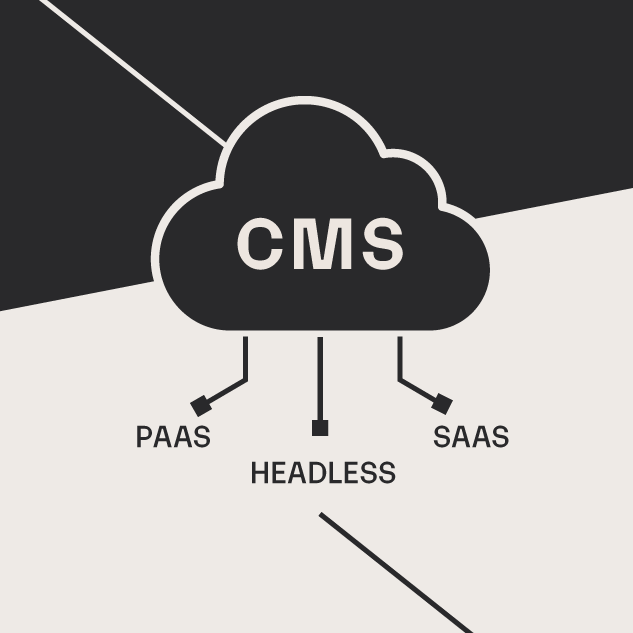Using Technology to Collaborate in the Modern Workplace
Nick Durkin#Industry Insights

Learn about some of the available tools that companies can use to help employees work together more efficiently.
When you hear the term “workplace collaboration”, what comes to mind? You will most likely visualize your version of working together with others at your company. In the modern workplace, this vision will certainly include some kind of technology used to collaborate. There are several categories of technologies that can be used to work together, each with their own advantages. Each of the mentioned technologies and platforms could take up their own article, but here’s a quick overview to help familiarize you with these technologies:
Email: The Chaotic Catchall
Email is used for a wide variety of office communications, some more important than others. It can be noisy, unorganized, and distracting; however, it is still used for a lot of collaboration in the workplace. If there are more than a couple people in an email thread, it becomes unwieldy and cluttered. Anyone who has been part of a “reply all” storm knows what I am talking about. The following sections show some ways to collaborate better by using different methods of communication.
Instant Messaging and Videoconferencing
There are several popular platforms that provide a combination of instant messaging, video conferencing, VoIP, and/or online meetings. Examples of these platforms include Microsoft Lync, Microsoft Skype, Google Hangouts, and Cisco Webex. The popularity of these systems is aided by being accessible via a desktop client, web browser, or mobile device app. Systems like Microsoft Lync and Google Hangouts are also able to integrate into your employee directory if you use their particular email and office suite.
File Sharing
Being able to share files is one of the classic uses of the corporate network. Even though it has been around a long time, file sharing is continuing to evolve through the use of hosted services. One of the difficulties of sharing files on your company’s servers is that you have to be connected securely to the corporate network when you are working remotely. Hosted file sharing services such as Dropbox, Google Drive, and Microsoft OneDrive allow you to access your team’s shared files on any of your devices at any time. Google Drive and Microsoft OneDrive have the added bonus of allowing multiple people to edit the same document at the same time. Note that it is important to check your company’s security policy before hosting company documents on a third party service outside of your corporate network.
Task Management and Documentation
While many companies use Microsoft Office and Project documents for task management and documentation, there are several other platforms available that are better suited to the task. AtTask and Basecamp are examples of popular platforms used for task and project management. A tried and true method of internal documentation is using wiki software such as MediaWiki. Wikis are very flexible repositories for documentation, because they can be edited and revised by anyone in the organization. Updates and changes can be made quickly without requiring much effort.
The Phone System Reimagined
Corporate phone systems have been around a long time and are not going away anytime soon, but they are evolving. Voice over IP (VoIP) and cloud-based phone systems have given workers and their employers more flexibility. Workers can be reached via the same extension whether they are using their desk phone, soft phone, or mobile device app. Some telecommuters have a desktop phone at home that they can use as if they were in the office.
This is by no means a complete list of the available collaboration platforms that companies can use. New services are deployed every day, and existing services are updated or discontinued. But we hope that by looking at some of the options that are currently available, we might possibly help you discover a technology that you could use to improve collaboration in your workplace. Do you have any other favorite platforms or services that you recommend? Are there any other technologies that you think companies should be using to collaborate in the workplace? Please let us know in the comments below.
Related Posts

Choosing the Right Cloud CMS: Key Factors to Consider
Selecting the right cloud-based Content Management System (CMS) demands a careful balance between budget, technical expertise, and business needs.
CMS Cloud Mastery: Overcoming Migration Challenges (Webinar)
Umbraco and Diagram have teamed up for a webinar on April 24th, 2024 at 12pm (ET) to discuss how to overcome cloud-based migration challenges. Register now.
Results Matter.
We design creative digital solutions that grow your business, strengthen your brand and engage your audience. Our team blends creativity with insights, analytics and technology to deliver beauty, function, accessibility and most of all, ROI. Do you have a project you want to discuss?
Like what you read?
Subscribe to our blog "Diagram Views" for the latest trends in web design, inbound marketing and mobile strategy.
